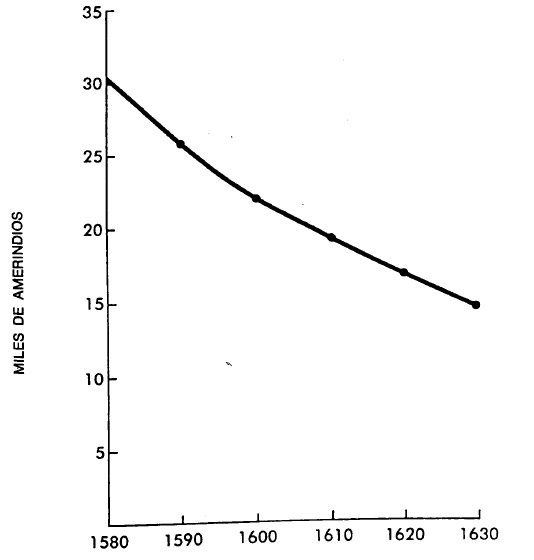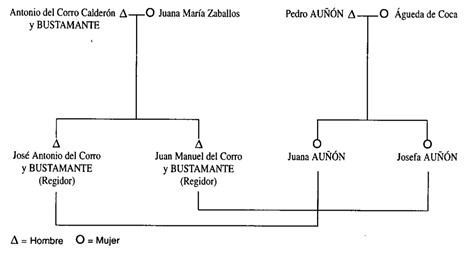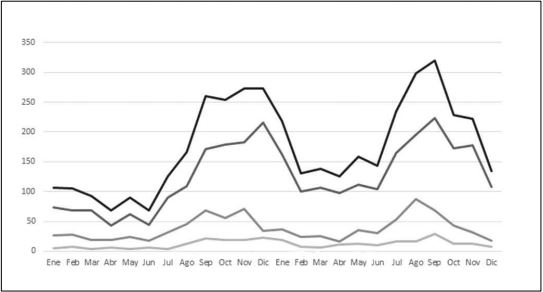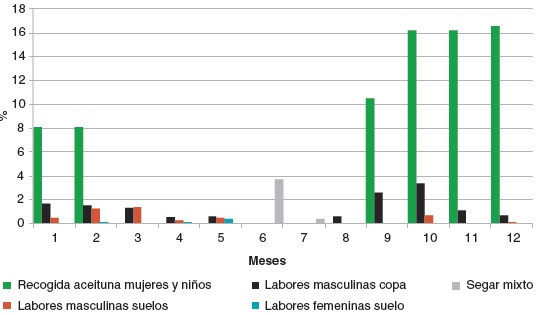
Nuptiality is a demographic variable of great importance that has often been neglected in favour of the study of mortality or fertility. Its significance as a reproductive institution obtains a relevant meaning where fertility control within marriage is null or moderate. In this sense, it is necessary to specify how marriage is one of the most determining vital acts in the social sphere. In traditional societies, marriage practice was mediated by access to land, inheritance or some other significant form of livelihood. Looking at marital engagement behaviour, it is very similar between rural and urban areas at younger ages; at older ages, urban areas show important differences in the proportion of unmarried women. However, the mean age at marriage in 1787 is substantially the same in rural and urban areas, slightly higher for urban males (25.6 vs. 25.1) and slightly lower for urban females (23.2 vs. 23.8)
Collection: Graphics
Project: 4. Family, daily life and social inequality in Europe., 8. Women and the change for gender equality in Europe.
Chronology: XVIII, XIX, XX
Scope: Secondary Education, Baccalaureate, University
Resource type: Graph
Format: Line chart
Source: Reher Sullivan, David–Sven, «Desarrollo urbano y evolución de la población: España 1787–1930», Revista de Historia Económica, Journal of Iberian and Latin American Economic History, 4, 1 (1986), pp. 39–66.
Language: Spanish
Date: 1986
Owner: Álvaro Romero González (Modernalia)
Copyright: © David-Sven Reher Sullivan, © Revista de Historia Económica
Abstract: Proportion of married women in rural and urban settings in 1787
Image
Tags








